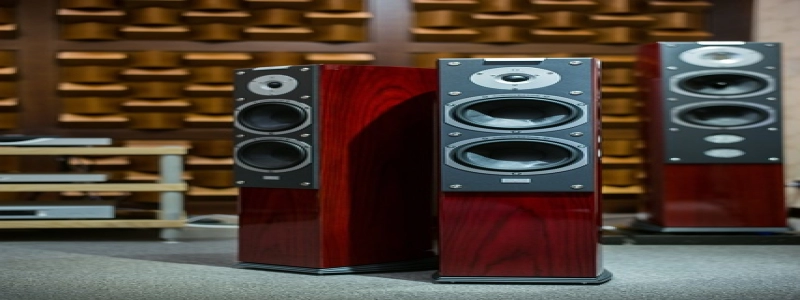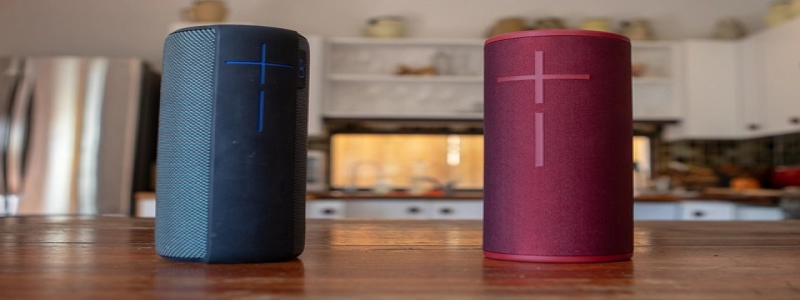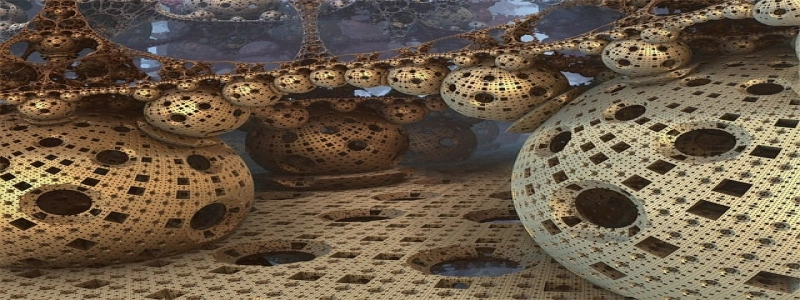Ethernet Media Converter
Introduction:
Ethernet media converters are devices that allow for the conversion of signals between different types of Ethernet media. They are commonly used in networking scenarios where one type of Ethernet media needs to be converted to another type, such as from copper to fiber or vice versa. This article will provide a detailed explanation of Ethernet media converters and their importance in modern networking.
1. What is an Ethernet media converter?
An Ethernet media converter is a device that acts as a bridge between two different types of Ethernet media. It receives signals from one media type and converts them into signals suitable for transmission over the other media type. This allows for the seamless integration of different types of Ethernet media within a network.
2. Types of Ethernet media:
There are several types of Ethernet media commonly used in networking, including copper and fiber. Copper media, such as Ethernet cables, are capable of transmitting data over short distances, typically within a few hundred meters. Fiber media, on the other hand, can transmit data over much longer distances, making it suitable for long-haul transmissions.
3. Why use an Ethernet media converter?
There are several reasons why an Ethernet media converter may be used in a network:
a. Extending network reach: By converting signals from one type of media to another, Ethernet media converters can extend the reach of a network. For example, they can convert signals from copper to fiber, allowing for data transmission over longer distances.
b. Integrating different media types: Ethernet media converters allow for the integration of different types of media within a network. For example, they can convert signals from copper to fiber, allowing for the connection of devices using different media types.
c. Overcoming distance limitations: Copper media has distance limitations, whereas fiber media can transmit data over much longer distances. By converting signals from copper to fiber, Ethernet media converters can overcome the distance limitations of copper media.
4. How do Ethernet media converters work?
Ethernet media converters typically consist of two ports, one for each media type. They receive signals from one port, convert them into the appropriate format, and transmit them out through the other port. This process allows for the seamless conversion of signals between different types of media.
5. Considerations when choosing an Ethernet media converter:
When choosing an Ethernet media converter, several factors should be considered:
a. Media type: Ensure that the media converter supports the specific types of media to be converted, such as copper to fiber or fiber to copper.
b. Speed and bandwidth: Consider the speed and bandwidth requirements of the network and select a media converter that can support these requirements.
c. Distance: Determine the distance over which signals need to be transmitted and choose a media converter that can support this distance.
d. Power options: Consider whether the media converter requires external power or can be powered through the Ethernet connection.
Conclusion:
Ethernet media converters play a crucial role in modern networking by enabling the conversion of signals between different types of Ethernet media. They extend the reach of networks, integrate different media types, and overcome distance limitations. When choosing an Ethernet media converter, it is important to consider factors such as media type, speed, bandwidth, distance, and power options.







